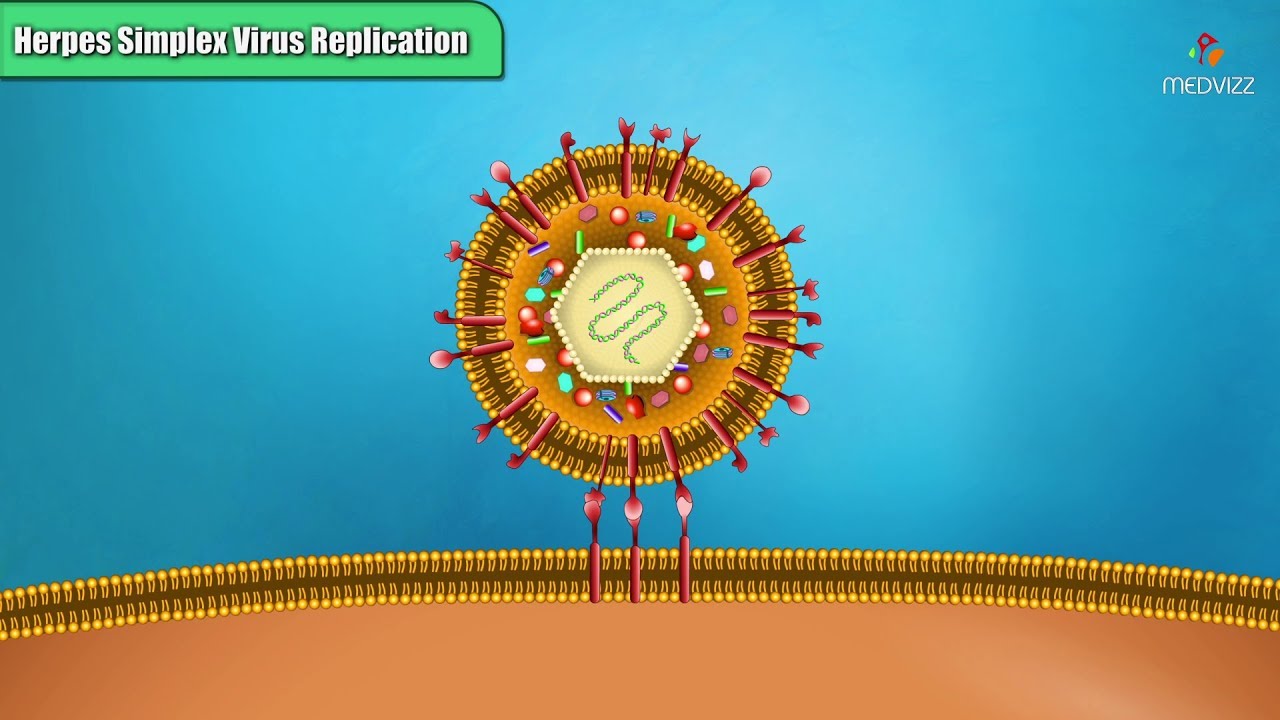Osmosis | Bell's palsy
Summary
TLDRBell's Palsy is a condition causing facial weakness or paralysis due to damage to the facial nerve, often linked to viral infections like herpes simplex. It affects both the upper and lower facial muscles on one side of the face. Symptoms include drooping eyelids, loss of taste, and dry eyes or mouth. The condition is diagnosed by ruling out other causes like strokes or tumors. Most cases resolve within six months, but corticosteroids may speed up recovery in severe cases. Understanding the difference between Bell's Palsy and other facial paralysis conditions is crucial for proper diagnosis.
Takeaways
- 😀 Bell's Palsy is a condition causing weakness or paralysis on one side of the face due to damage to the facial nerve (7th cranial nerve).
- 😀 The exact cause of Bell's Palsy is unknown (idiopathic), but it is often associated with viral infections like herpes simplex, Epstein-Barr, and varicella zoster viruses.
- 😀 The facial nerve controls facial muscles, saliva and tear production, and taste sensations in the front two-thirds of the tongue.
- 😀 Bell's Palsy is different from other causes of facial paralysis, such as a stroke, where the upper half of the face remains functional.
- 😀 A stroke leads to paralysis of only the lower face on the opposite side of the brain lesion, while Bell's Palsy causes paralysis of both the upper and lower face on the affected side.
- 😀 Bell's Palsy can cause drooping of the eyelid and mouth, loss of the nasolabial fold, and dryness in the affected eye or mouth.
- 😀 Some individuals with Bell's Palsy may also experience hypersensitivity to loud noises and loss of taste sensation.
- 😀 Diagnosis is based on ruling out other causes, like strokes or brain tumors, and confirming that the issue lies with the facial nerve.
- 😀 Treatment for Bell's Palsy is not always necessary, but corticosteroids can be prescribed for severe cases to reduce inflammation and speed recovery.
- 😀 Most people recover from Bell's Palsy within six months, though some may experience permanent facial weakness or paralysis.
Q & A
What is Bell's Palsy and how is it caused?
-Bell's Palsy is a condition where there is weakness or paralysis of the muscles on one side of the face due to damage to the seventh cranial nerve (facial nerve). The exact cause is unknown, but it is often associated with viral infections such as herpes simplex, Epstein-Barr, varicella zoster, or bacteria like Borrelia burgdorferi, which causes Lyme disease.
Who was Bell's Palsy named after?
-Bell's Palsy was named after Charles Bell, a Scottish anatomist and surgeon who first described the condition.
What distinguishes Bell's Palsy from facial paralysis caused by a stroke?
-Bell's Palsy is caused by damage to the facial nerve (a lower motor neuron lesion), which affects both the upper and lower facial muscles on one side of the face. A stroke, on the other hand, is an upper motor neuron lesion that typically causes paralysis of only the lower half of the face on the opposite side of the lesion.
What is the facial nerve and what functions does it control?
-The facial nerve is the seventh cranial nerve that controls facial expressions by innervating facial muscles. It also controls the lacrimal and salivary glands, and it carries taste sensations from the anterior two-thirds of the tongue. It also has a role in hearing, innervating the stapedius muscle to dampen loud sounds.
What are the main symptoms of Bell's Palsy?
-The main symptoms include facial weakness or paralysis on one side of the face, drooping of the eyelid and mouth, absence of the nasolabial fold, dryness of the affected eye or mouth, hypersensitivity to loud noises, and loss of taste sensation on the anterior two-thirds of the tongue.
How is Bell's Palsy diagnosed?
-Bell's Palsy is diagnosed based on clinical observation of symptoms and the exclusion of other possible causes, such as stroke or brain tumors. If the facial nerve is identified as the problem and no other explanations are found, Bell's Palsy is typically diagnosed.
What is the usual recovery time for Bell's Palsy?
-Most people recover from Bell's Palsy within six months. However, some may experience permanent facial weakness or paralysis.
What treatment is available for Bell's Palsy?
-In many cases, treatment isn't necessary as symptoms usually improve on their own. However, in more severe cases, corticosteroids can be prescribed to reduce inflammation and speed recovery.
What is the difference between the upper and lower facial motor neurons in relation to Bell's Palsy?
-In Bell's Palsy, damage to the facial nerve causes a loss of input from both the contralateral and ipsilateral motor cortices, resulting in paralysis of both the upper and lower facial muscles on the affected side. In contrast, stroke-related paralysis typically only affects the lower half of the face due to sparing of some upper facial muscle control.
What are the roles of the submandibular, sublingual, and lacrimal glands in Bell's Palsy?
-These glands, innervated by the facial nerve, are responsible for producing saliva (submandibular and sublingual glands) and tears (lacrimal gland). In Bell's Palsy, the dysfunction of these glands can lead to dryness in the affected eye or mouth.
Outlines

This section is available to paid users only. Please upgrade to access this part.
Upgrade NowMindmap

This section is available to paid users only. Please upgrade to access this part.
Upgrade NowKeywords

This section is available to paid users only. Please upgrade to access this part.
Upgrade NowHighlights

This section is available to paid users only. Please upgrade to access this part.
Upgrade NowTranscripts

This section is available to paid users only. Please upgrade to access this part.
Upgrade Now5.0 / 5 (0 votes)





